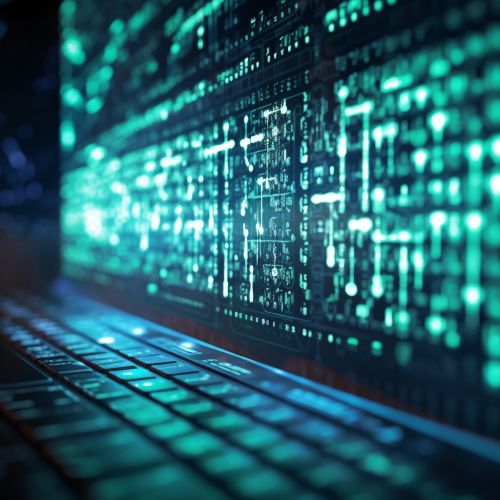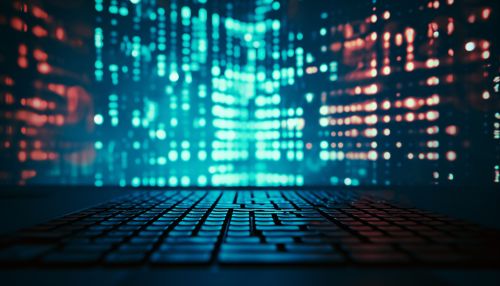Information theory
Introduction
Information theory is a branch of applied mathematics and electrical engineering involving the quantification of information. Originally introduced by Claude E. Shannon in 1948, the theory has been instrumental in the development of the digital age. It is used in various fields, including telecommunications, computer science, and statistics, to measure and quantify information in data transmission and storage 1(https://www.britannica.com/science/information-theory).


Principles of Information Theory
The fundamental principles of information theory revolve around the concepts of entropy, redundancy, and coding.
Entropy
In information theory, entropy is a measure of the uncertainty, randomness, or disorder of a set of data. It is often interpreted as the average amount of information produced by a random source of data. The concept of entropy was introduced by Shannon in his groundbreaking paper, "A Mathematical Theory of Communication" 2(https://ieeexplore.org/abstract/document/6773024).
Redundancy
Redundancy in information theory refers to the repetition of data in a message, which can be used to detect and correct errors in data transmission. Redundancy is a crucial aspect of error detection and correction techniques used in digital communications and storage systems 3(https://www.sciencedirect.com/topics/computer-science/redundancy-information-theory).
Coding
Coding is a significant aspect of information theory. It involves the design of efficient and reliable methods for data transmission and storage. The goal of coding theory is to find codes that are easy to encode and decode, can handle a high data rate, and can correct or at least detect errors 4(https://www.cambridge.org/core/books/coding-theory-and-cryptography/6C8C7B44C7AEB1EC1ADC338A6F6A5ED2).


Applications of Information Theory
Information theory has a wide range of applications in various fields.
Telecommunications
In telecommunications, information theory is used to design and analyze systems for transmitting, receiving, and processing information. It provides the mathematical foundations for communication systems, including the design of telephone systems and the Internet 5(https://www.encyclopedia.com/science-and-technology/computers-and-electrical-engineering/electrical-engineering/information-theory).
Computer Science
In computer science, information theory is used in data compression, error detection and correction, data encryption, and network coding. It is also used in machine learning and artificial intelligence to measure the complexity of algorithms and data structures 6(https://www.sciencedirect.com/science/article/pii/S1574013705800461).
Statistics
In statistics, information theory is used to measure the amount of information in a set of data. It provides a way to quantify uncertainty and is used in hypothesis testing, parameter estimation, and model selection 7(https://www.cambridge.org/core/journals/statistical-science/article/information-theory-and-statistics-revisited/8A3B1B44E67F369D8BA5DFC1D274CCC1).


Future Directions
As technology continues to evolve, so does the field of information theory. Future directions include the development of new coding techniques for emerging communication systems, the application of information theory in quantum computing, and the exploration of the connections between information theory and other areas of science and engineering 8(https://www.cambridge.org/core/journals/european-journal-of-applied-mathematics/article/abs/future-directions-in-information-theory/5A3B1A5B22037F1A838BB2B8D5C5A7A1).
See Also
References
1. "Information Theory" 2. "A Mathematical Theory of Communication" 3. "Redundancy in Information Theory" 4. "Coding Theory and Cryptography" 5. "Information Theory in Telecommunications" 6. "Information Theory in Computer Science" 7. "Information Theory and Statistics" 8. "Future Directions in Information Theory"
